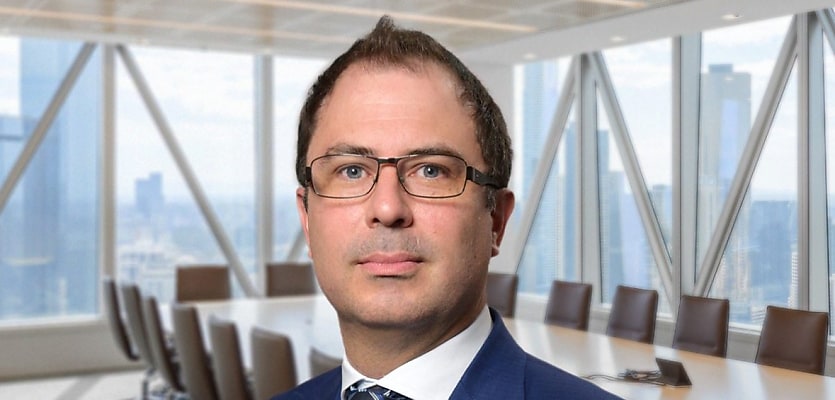A new report reveals the areas where working-aged populations have dropped in Australia’s two biggest cities.
According to analysis by KPMG, from 2019 to 2023, the working-aged population in Australia’s two most populous cities shrunk back in the eastern suburb markets by a substantial 2.5 per cent.
While this represents a reduction in residents aged 20 to 64, KPMG noted that Millennials in particular are leading the charge in leaving these high-end markets. The consulting firm’s report comes after analysis from the NSW Productivity Commission revealed that Sydney has seen an exodus of residents in what are traditionally thought of as “child-raising years”, which currently encompasses the Millennial generation.
According to KPMG, those who aren’t leaving the city entirely are seeking out more affordable suburbs in the outer rings of both Sydney and Melbourne.
The firm’s urban economist, Terry Rawnsley, noted that while a 2.5 per cent decrease in a certain demographic may not seem like a large amount, it actually has substantial implications for both the economy of the neighbourhood undergoing the shift, as well as the city infrastructure needed to support new location trends.
“A departure of 2.5 per cent of your working-age population could feel like a recession,“ said Rawnsley of the eastern areas that have lately seen their Millennial populations shrink, noting that businesses in these locations may be finding themselves short of workers as well as customers.
The economist placed the responsibility for the demographic shift squarely on rising home prices, noting that “despite being areas with exceptional access to jobs and excellent local infrastructure, inner city suburbs of Melbourne and Sydney are seeing a decline in population simply because young people can’t afford to live there”.
He cautioned that as a result of these changes, the cities will have to contend with an added load on certain infrastructure and public services.
“As workers move farther from city centres, the strain on transport and local infrastructure in suburban areas intensifies, raising implications for urban planning,” Rawnsley said.
KPMG also found that workers with children in particular are increasingly moving to greenfield areas, where residential land is more available, but residents are facing “significant challenges in accessing essential services and employment opportunities”.
“Housing affordability is reshaping our capital cities’ urban fabric at a remarkable speed, presenting a myriad of challenges for families and those tasked with planning our communities’ infrastructures,” Rawnsley said.
By comparison, however, he noted that Brisbane and Perth are facing a very different reality, with a boom in working-aged residents across the cities.
From 2019 to 2023, Brisbane saw its working-aged population increase by 8.2 per cent, and Perth by 6.7 per cent.
Rawnsley noted that though these two capitals are home to smaller labour markets, they are starting to catch the eye of both national and global enterprises for potential business locations.
ABOUT THE AUTHOR
Juliet Helmke
Based in Sydney, Juliet Helmke has a broad range of reporting and editorial experience across the areas of business, technology, entertainment and the arts. She was formerly Senior Editor at The New York Observer.









You are not authorised to post comments.
Comments will undergo moderation before they get published.